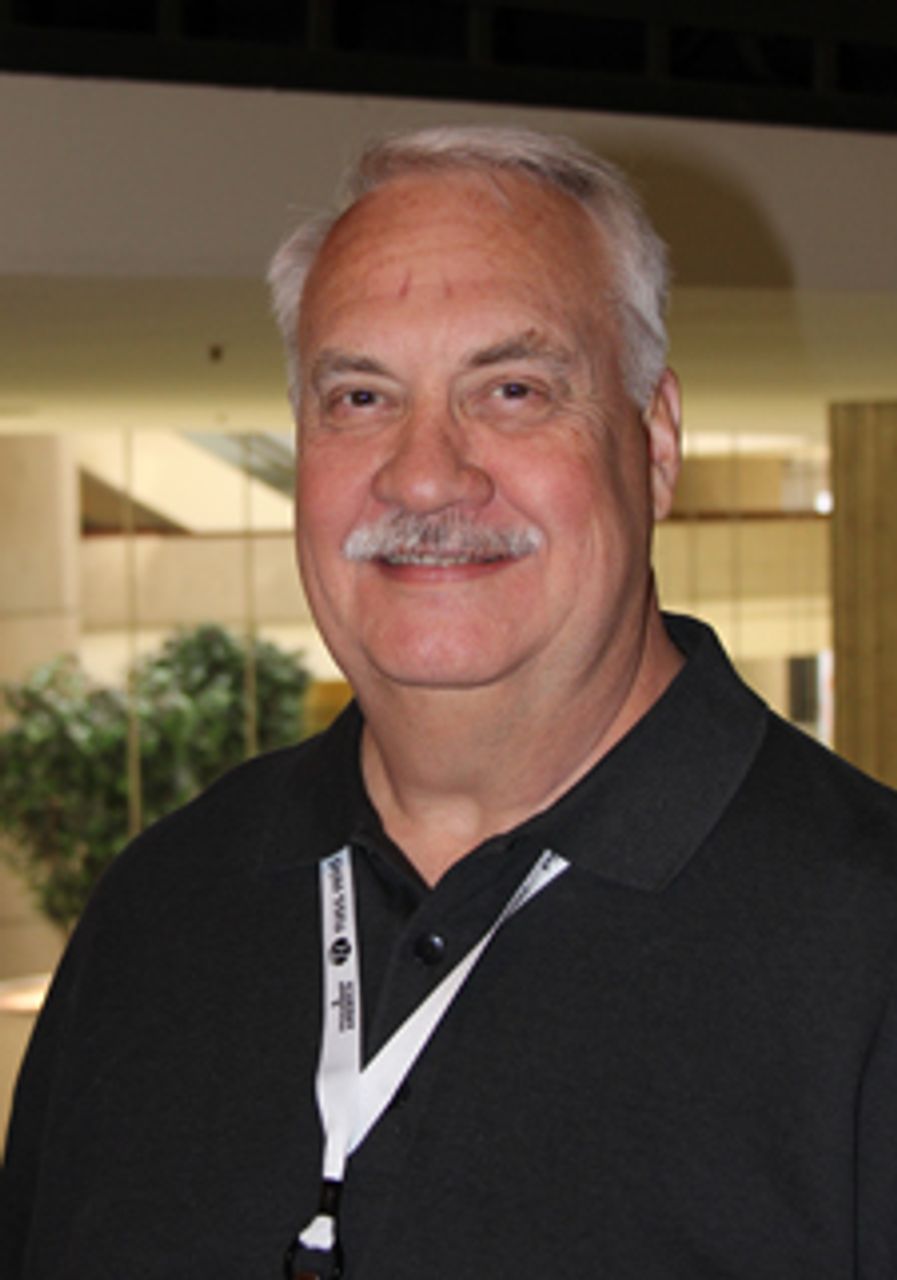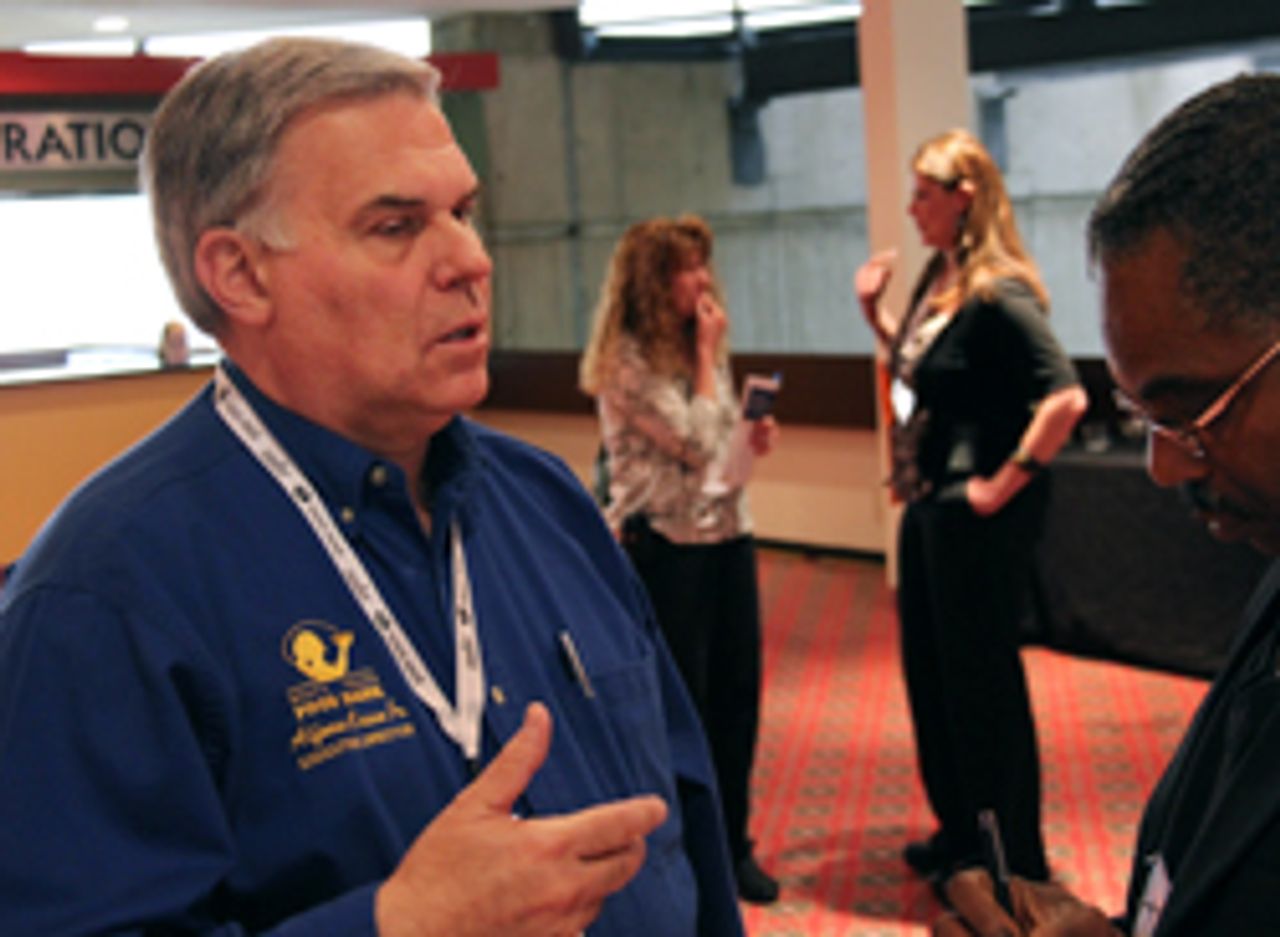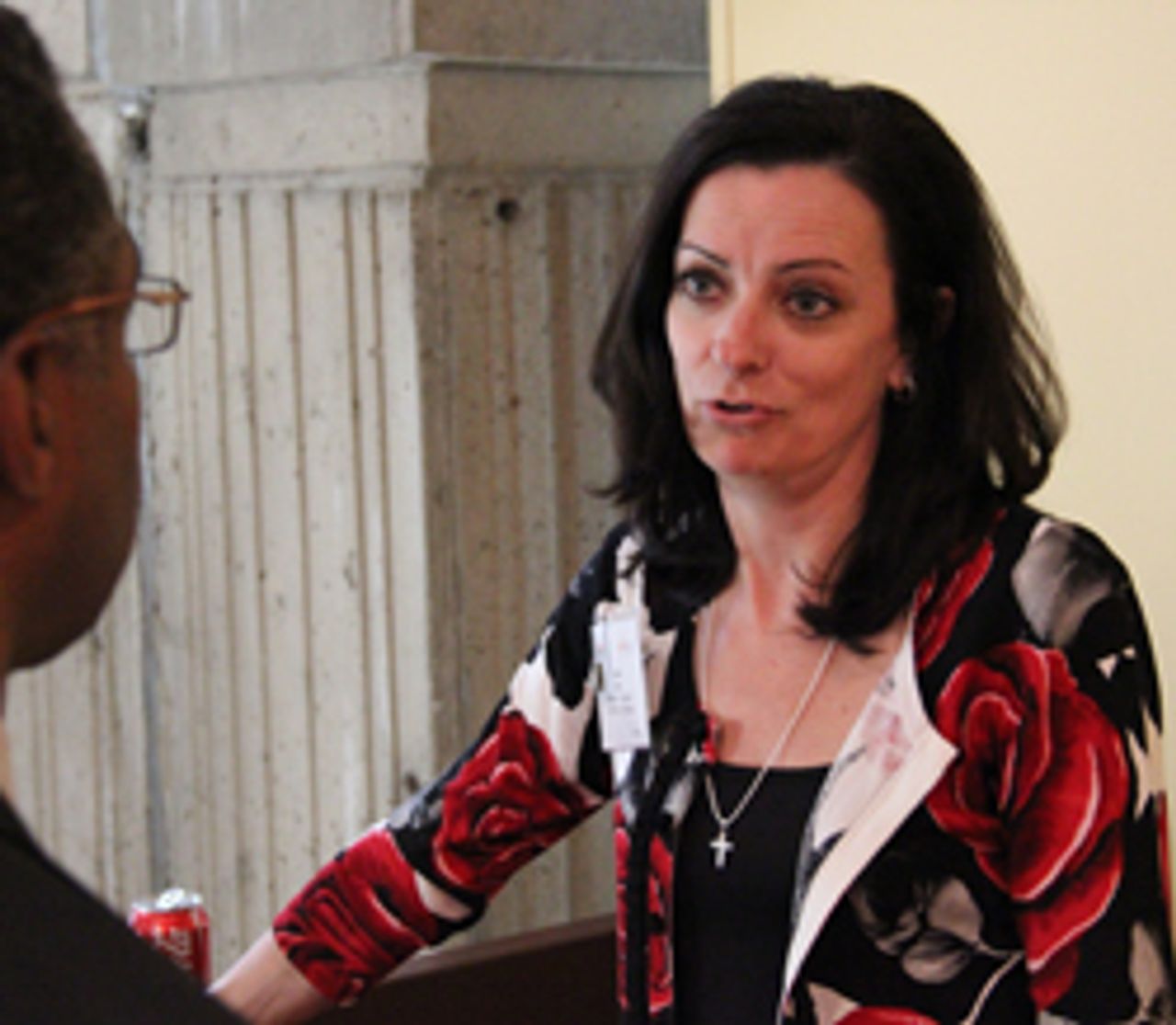The following article is the second in a three-part series on hunger and food banks in America.(Part 1 was published on May 2)
Delegates from South Central and Southwest US spoke to the World Socialist Web Site at the Feeding America, Unity 2012 conference held in Detroit last month.
They painted a picture of devastation and decline in the US that could only be compared to the Great Depression. Despite the Obama administration’s claims of recovery, these reports make it clear that there has been no recovery for American workers and their families.
 Bob Evans
Bob EvansBob Evans, president and CEO of United Food Bank in Mesa, Arizona, told the WSWS that his “small” food bank serves 350,000 people in eight counties, and that the food bank had seen the demand for food double in the last three years.
“In numbers, we have gone from a little under 10 million pounds this fiscal year to right at 20 million pounds,” he said. “And that is with an organization with 32 employees.”
Evans said he has often been asked: What is the face of hunger? “My short answer is look at your next-door neighbor, look in the mirror, look at your children or your grandchildren. Any of them could be in this situation. There is no typical face of hunger anymore.”
The majority of those needing assistance are the working poor, he explained. “We have people who are trying to make the system work. Mom is working, Dad is working, a couple of kids, one car, you blow a tire and the family is in a tailspin.
“So, it is not that you have this population that is scamming the system and don’t want to work. The majority is the working poor. They are trying to make it.”
Evans continued, “Hunger to me is a part of the system. It is a symptom of the system. Without getting into social justice issues, this will be a problem until there are livable wages, health care, childcare and transportation.
“The first thing in people’s budgets to get shortchanged is food. You have to make the rent, you’ve got to make the car payment and the utilities, so you skimp on the food budget. It’s too much month at the end of the money. There are more folks coming to us for continuing assistance than for one-time assistance.”
 Alfonso Casso
Alfonso CassoAlfonso Casso, Jr. is the executive director of the South Texas Food Bank. Alfonso lives in Laredo on the border with Mexico, one of the most impoverished parts of the state.
“A lot of the people we get are underemployed,” stated Alfonso, reiterating the point made by many of those at Feeding America. “It is not that they are not working. They are working; it is just that they don’t have enough.”
Shelly Lane, the Strategic Relationship Director for the Arkansas Food Bank in Little Rock, Arkansas, was especially animated about the conditions in her state.
“We are the number one state in hunger in the US,” Lane told the WSWS. “In fact, we were number three for childhood hunger last year. And because the majority of the area we cover is rural, we also have a very high poverty rate.
 Shelly Lane
Shelly Lane“Part of the reason is that they don’t have access to food like you and I do,” Lane said. “They don’t have access to grocery stores, and a lot of the time the places they have to go to get their food are places like convenience stores and gas stations. So the food they do get is not nutritious and often is more expensive than if they had access to a grocery store.”
“Food insecurity in the 33 counties I serve out of Arkansas is 19 percent. So that is almost one in five people go to bed every night not knowing where their next meal will come from.”
Lane spoke passionately about the impact of poverty on children in her state. “One in four children in a classroom setting is hungry,” she stated. “And one of the primary issues that a hungry child faces is that they can’t pay attention. So they struggle with their classes, they struggle with their education. In addition, they have a 30 percent higher rate of illness and critical illness requiring emergency or hospital care. You look at all that and it is devastating.”
According to a new report by Arkansas Advocates for Children and Families released in March, the child poverty rate in the state is 26.8 percent and has grown 2 percent in the last 10 years. The report states that minority children are much more likely to live in poverty along with children in single-parent households.
Another food bank program in Arkansas, Rice Depot, provides backpacks of food for students to take home on the weekends. Currently 600 schools participate in the statewide program.
Lane said they have also seen an increase in the number of families that are doubling up in housing. She said they conducted a campaign last year where they sent paper plates out to all of their pantries asking recipients to fill out a note on the plate explaining what the food meant to them.
“The overwhelming response was that families were co-existing to make ends meet,” she related.
The food bank director said they discovered it is not unusual to find two families sharing a home with eight people in a home—two sets of parents and their respective children.
Explaining the difficulties facing so many poor families, Lane said, “We did an interview with a woman and discovered that she, her husband and their three kids were living with her brother and his wife and three children. So that’s 10 people living in one household trying to combine resources.
“People are being hit on all sides. We are finding that pantries used to be an emergency situation. Now they are a way of life. People use them every month, or every week.”
Lane concluded by stating that there is a growth of poverty across the board—black, white and Hispanic. “Every nationality, every age group,” she emphasized. “It is hard for people to believe that hunger exists in America, but it does.”
To be continued
